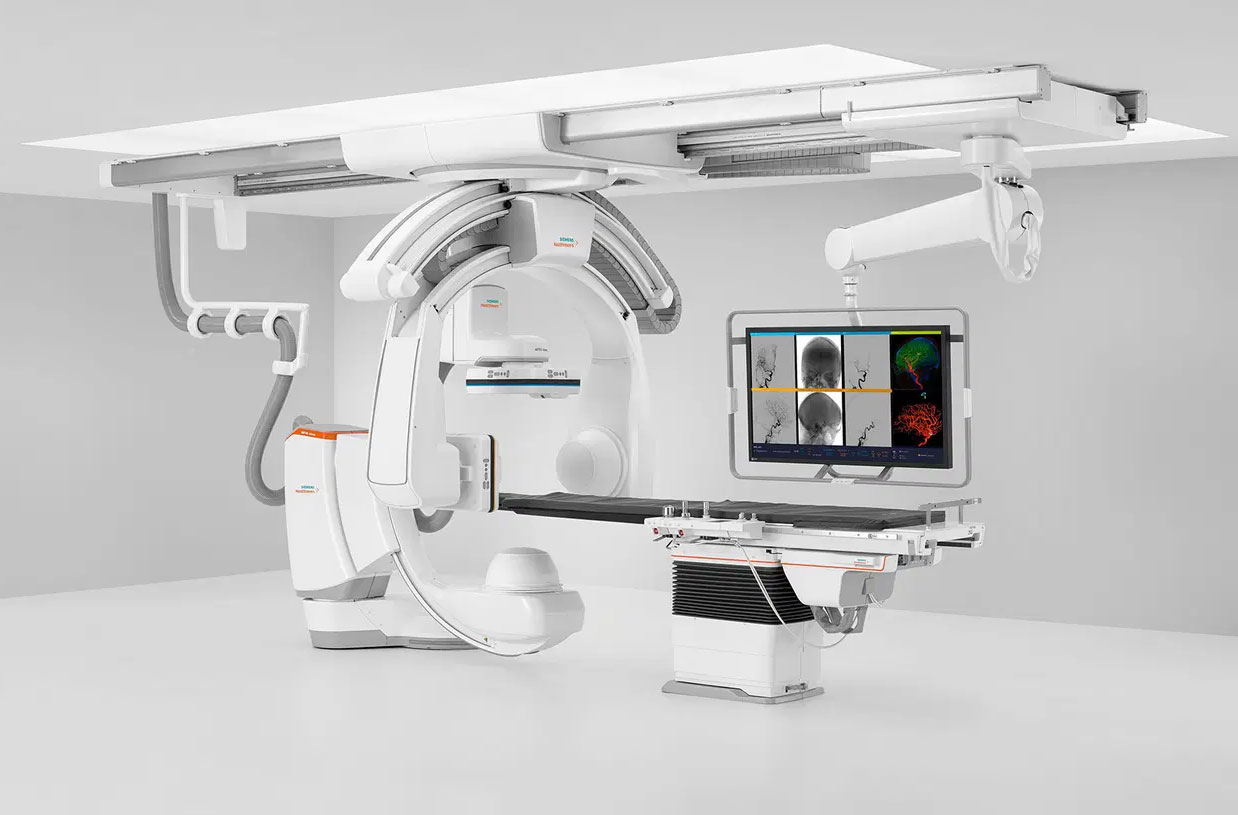IVP stands for Intravenous Pyelogram, which is a radiologic procedure used to visualize the urinary tract, including the kidneys, ureters, and bladder. It involves the injection of a contrast dye into a vein, typically in the arm, which then circulates through the bloodstream and is filtered by the kidneys. As the contrast dye passes through the urinary system, X-ray images are taken to visualize the structures and assess their function.
IVP radiology is typically used to diagnose various urinary tract issues, such as kidney stones, urinary blockages, congenital abnormalities, and other conditions that may affect the urinary system. It can provide valuable information about the anatomy and function of these organs.
The procedure involves several stages:
-
Preparation: Patients are often required to fast before the procedure and may need to take laxatives or have an enema to clear the bowel. They may also need to stop certain medications before the IVP.
-
Contrast injection: A radiologic technologist or nurse will inject a contrast dye into a vein, typically in the arm.
-
X-ray imaging: X-ray images are taken at specific intervals as the contrast dye travels through the urinary system. This allows the radiologist to see the flow of the contrast through the kidneys, ureters, and bladder and assess any abnormalities or blockages.
-
Post-procedure care: After the IVP, patients may be observed for a short period, and they should drink plenty of fluids to help flush the contrast dye from their system. They may also be given specific instructions regarding any further care or follow-up.
IVP radiology is a valuable diagnostic tool, but it may have some risks and limitations, such as exposure to radiation and potential allergic reactions to the contrast dye. The choice of imaging procedure depends on the patient's specific medical situation and the information the healthcare provider needs to obtain.

